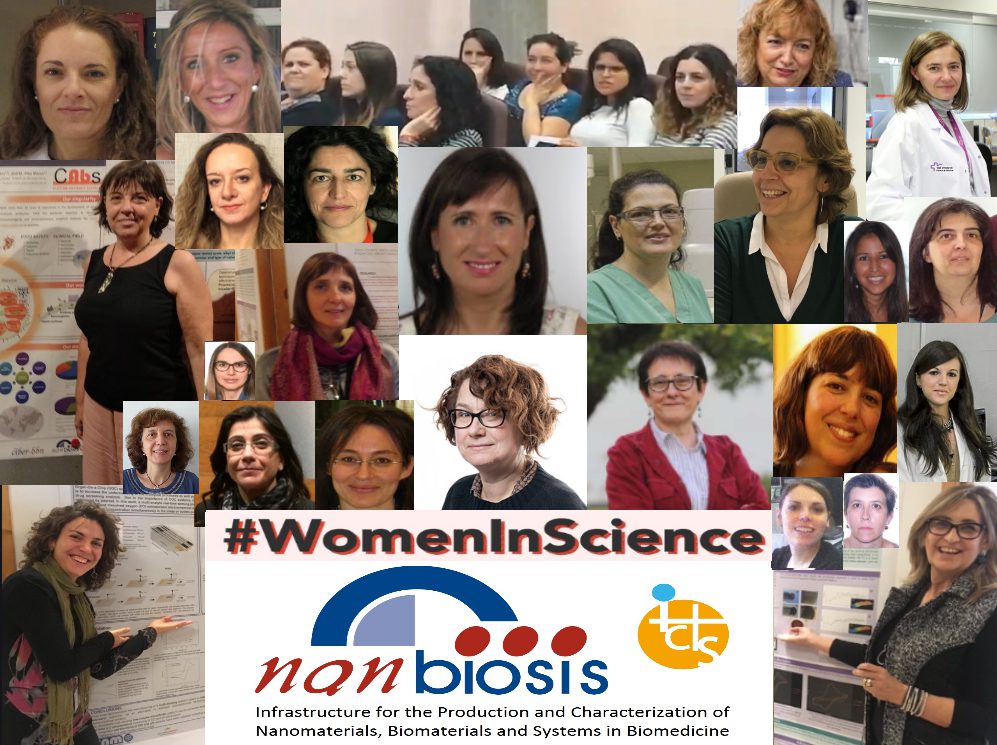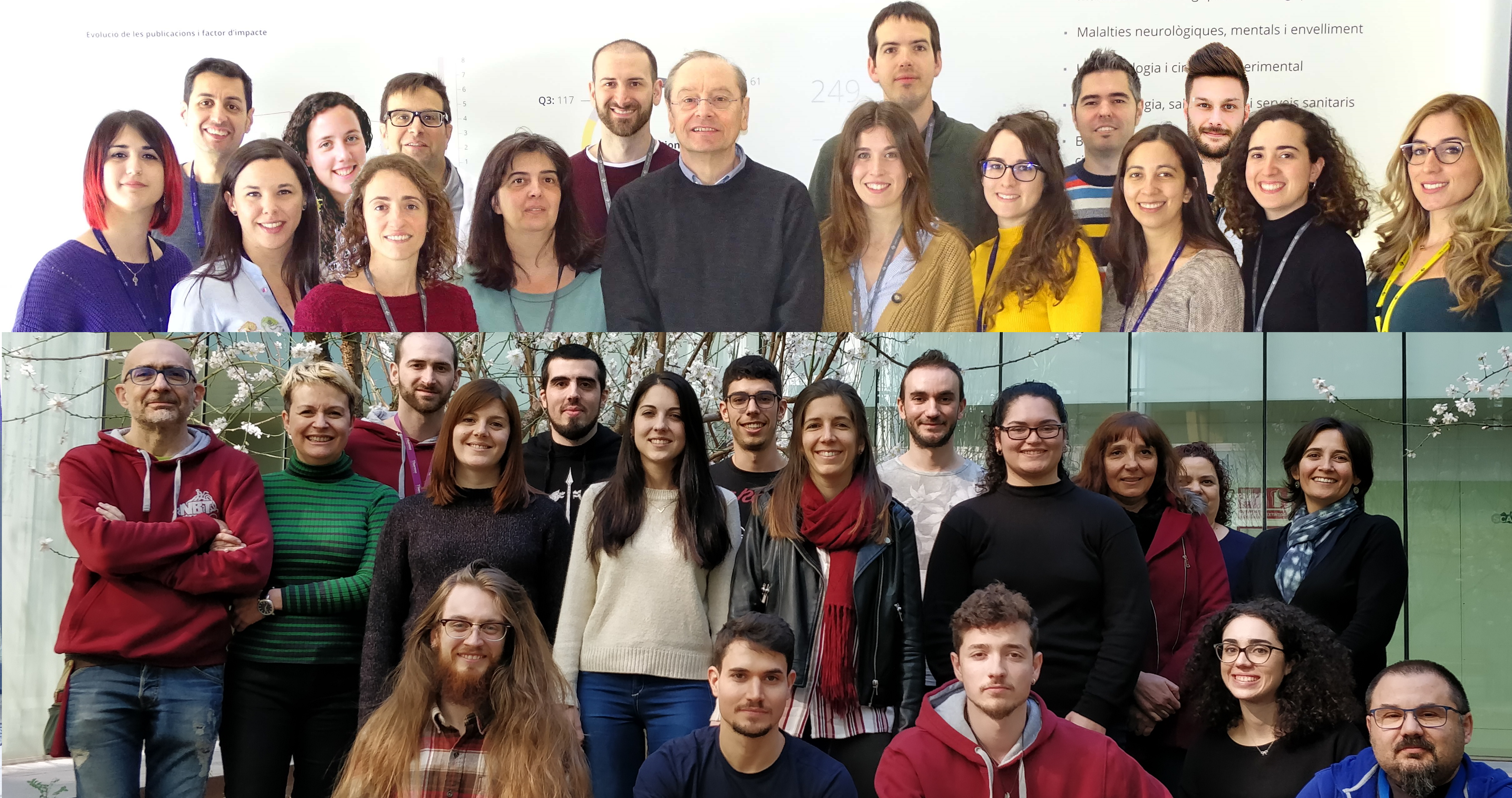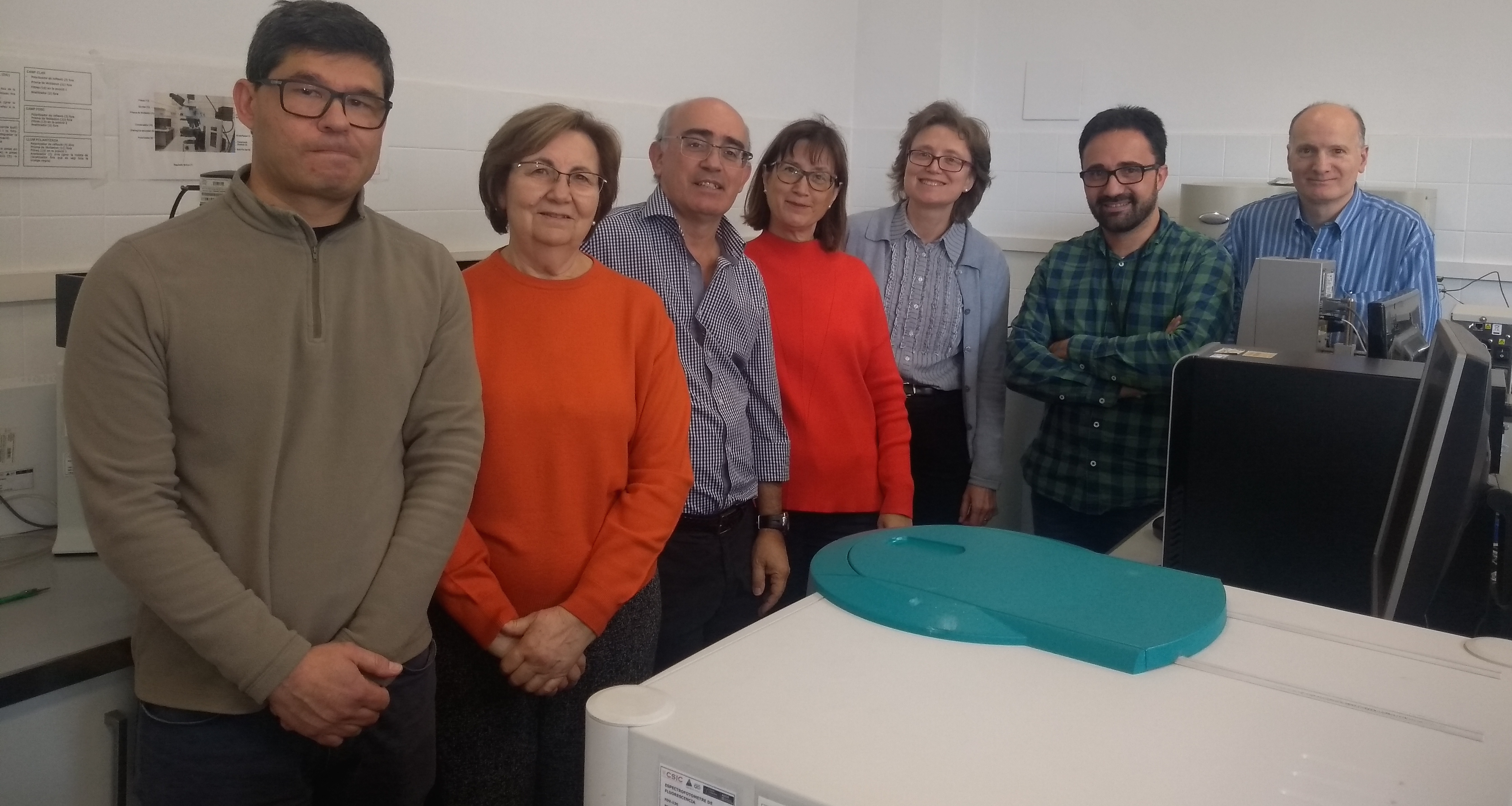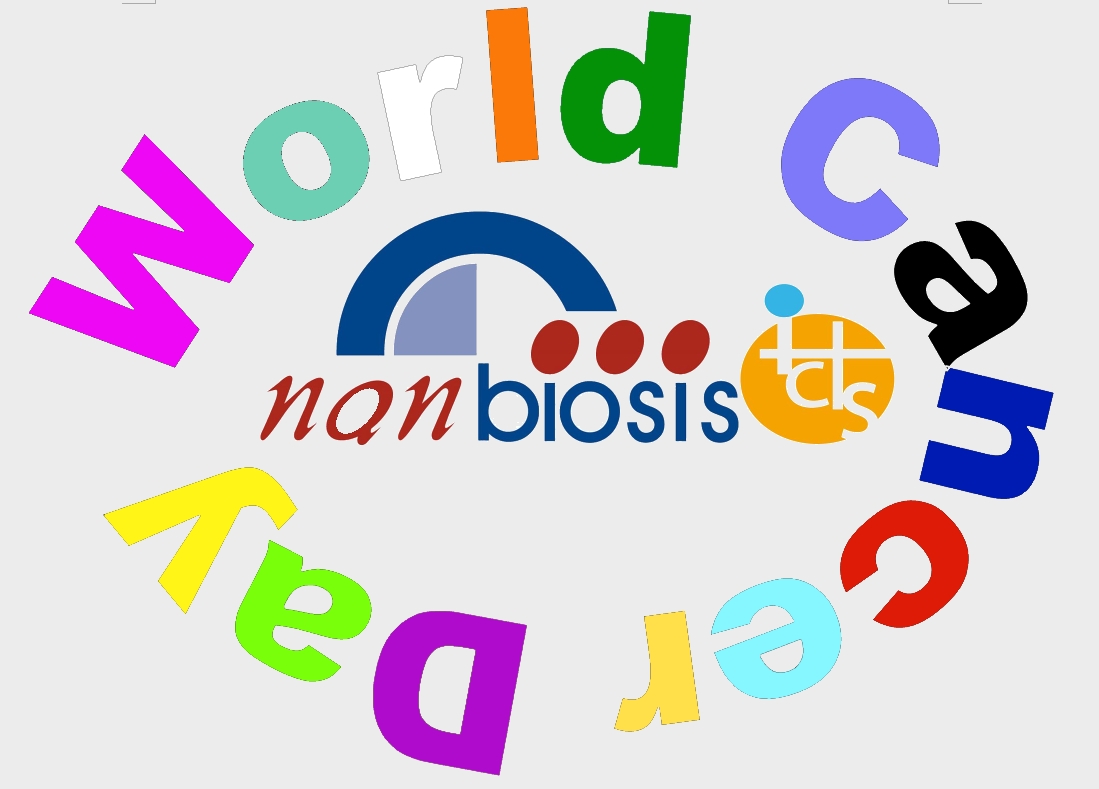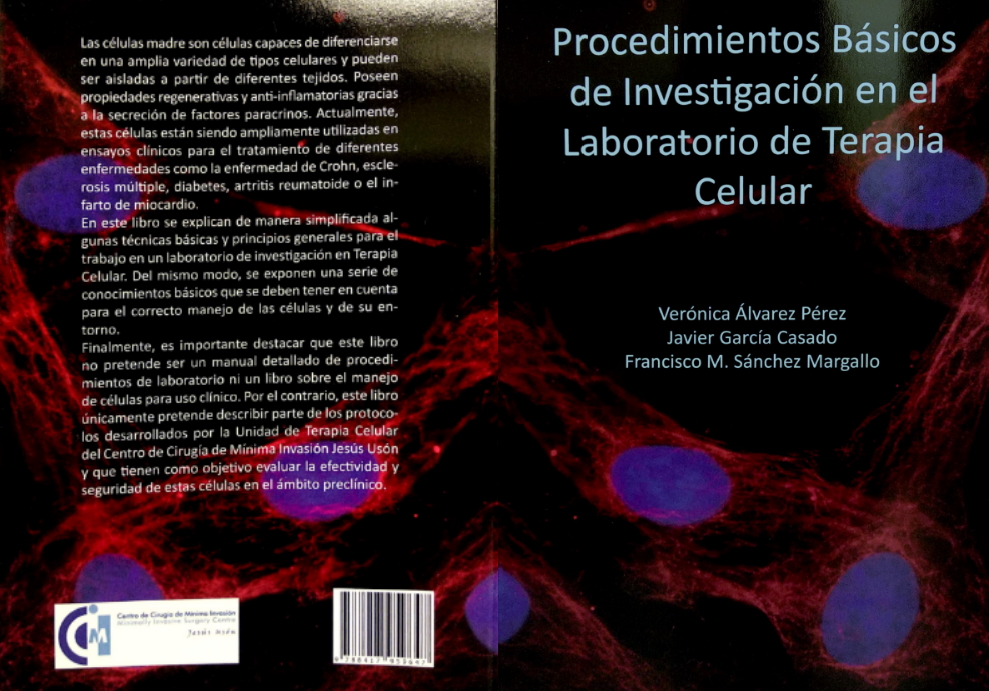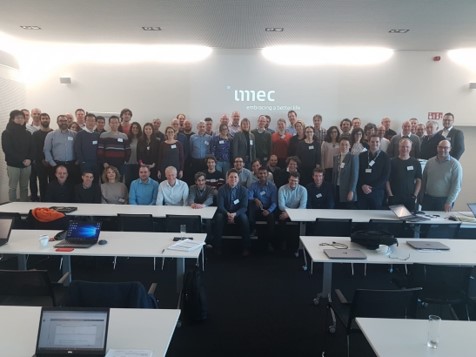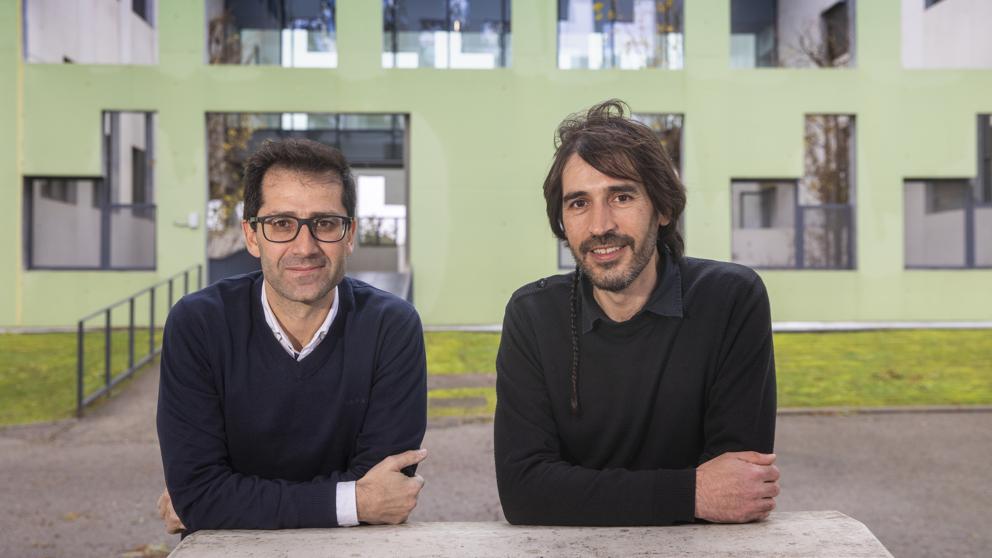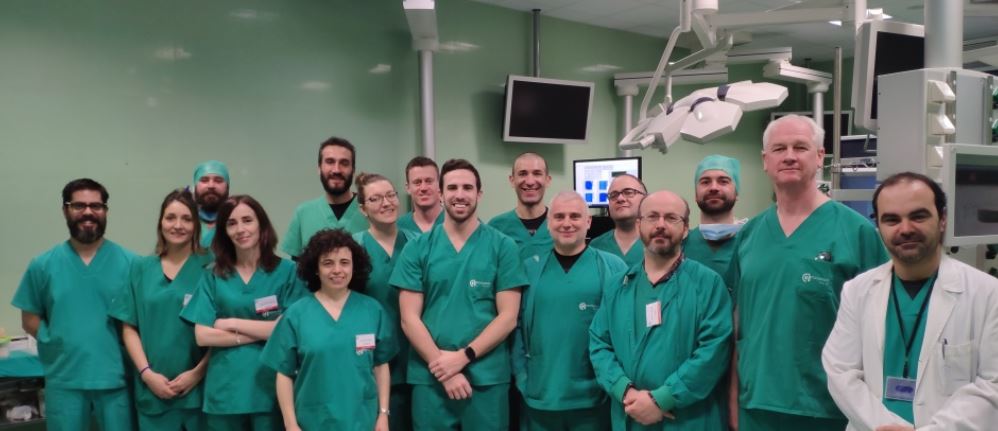NANBIOSIS #WOMEN IN SCIENCE
In order to achieve full and equitable access and participation in science for women and girls, and also to achieve gender equality and the empowerment of women and girls, the United Nations General Assembly decided to proclaim in 2016 (resolution A / RES / 70/212) February 11 as the International Day of Women and Girls in Science.
We want to take this day to congratulate all the women who lead research and innovation and contribute to the breakdown of the barriers that still exist, especially to the scientists from NANBIOSIS ICTS.
Happy International Day of Women and Girls in Science!
